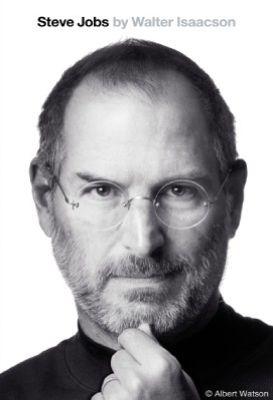Steve Jobs

Inside the engine room of Apple's product culture
Reason to read: A frank, high-energy look at how taste, focus, and end-to-end ownership shaped products that changed culture. If you lead teams or build products, the lessons and the cautions both land.
Isaacson’s authorised biography earns trust on the "why" because the reporting is deep and unusually open. He interviewed Jobs more than forty times across two years, spoke with over a hundred people around him, and still gave Jobs no copy control, no right to read in advance, and no off-limits areas. That combination of access and independence explains why the story often feels raw rather than polished, which is exactly what you want from a study of a builder who prized taste and results over niceties.
For product people the value sits in the operating system behind Apple’s hits. Isaacson’s own summary in Harvard Business Review is a useful companion piece because it distils the habits you see play out in the narrative. Focus, then simplify. Take responsibility for the whole widget so hardware and software serve one clear outcome for the user. When you are behind, do not chase feature lists, leapfrog with a cleaner concept. Put the product first and let the profits follow. Read the book for the messy, human scenes where these ideas are debated and enforced, then use the HBR piece as a checklist you can hold up to your own roadmap and team rituals.
This is not a soft portrait. The biography captures the reality distortion field, the volatility, and the cost of exacting standards for the people who worked with him, while also showing why that intensity sometimes moved projects from impossible to done.
If you want a rounder view of the man as he matured, pair Isaacson’s book with Becoming Steve Jobs, which is on my next reads list. Apple insiders praised the latter for highlighting growth in the wilderness years and during the second Apple act, which softens some of the harsher edges in Isaacson’s framing without turning it into hagiography. Reading both gives you the steel and the development, which is a better template for modern leadership.
Verdict: Essential for founders, product leaders, and anyone who cares about how obsession with craft can elevate a company while stretching the humans inside it.